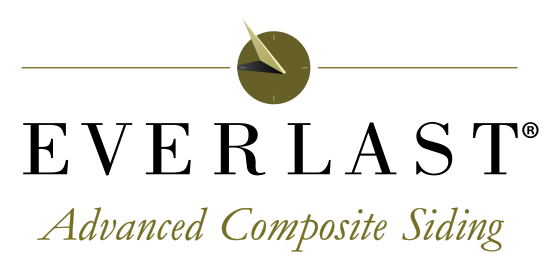Deciding on what your home will look like for the next 10 years or so can be a difficult decision and is a very expensive one. It’s important to consider all the pros and cons of each siding option because sometimes the “cheaper” option costs you double, even triple the amount you originally paid to remodel your home within only a few years after. Here we outline the types of replacement siding options for your home and a few tidbits of how they perform:
Let’s begin with popular vinyl siding:
- While vinyl siding has become a popular choice among homeowners for its durability, it only remains so when the vinyl panels do not receive any impacts from strong objects such as: hail or rocks from lawnmowers, etc.
- Vinyl siding has a low maintenance schedule in comparison to wood products, with only having to rinse them down roughly once a year.
- With time, vinyl siding becomes chalky. An example would be, after a few years of natural weathering, if you swiped your hand across the panel the remains of a chalky residue would appear on your fingertips.
- Painting over vinyl siding is heavily not recommended because it was not in the original design of the manufacturers and thus would lead to heavy cracking of the panels because vinyl expands and contracts as much as an inch under certain conditions!
Fiber Cement siding
- More durable than vinyl.
- Overtime mold, mildew may develop because of its mix of ingredients, including cellulose (wood fibers), it retains moisture and has a slow evaporation rate.
- Requires little maintenance, while fiber cement maintains a natural wood styling.
- More expensive than vinyl siding, but far less expensive than wood siding.
Wood Siding
- While wood looks absolutely stunning when it first is installed, it can quickly deteriorate and requires high maintenance, meaning it needs reconditioning every year or so to maintain a beautiful appearance.
- It is typically much more expensive to install than vinyl and fiber cement siding.
Last, but certainly far from the least we’ll highlight Everlast Composite Siding:
- Popularity of Everlast has grown exponentially within the last few years because it is satisfies every need of homeowners.
- Everlast Composite siding is over 500% thicker than vinyl siding, making it far more durable to withstand any harsh weather over a lifetime.

- Covered by a Lifetime Fade Protection.
- Does not contain wood as an ingredient that would typically lead to mold and mildew on other products.
- If you are the type of homeowner that is not afraid to change the home color from time to time, the polymeric resin and granular stone mixture of Everlast allows you to do so without comprising the integrity and strength of the panels.
- Everlast is also high heat and fire rated, protecting your home from fire damage.
- Has a natural wood styling that is second to none and maintains itself through the years.
- Hail damage done to Everlast siding is also covered by a warranty that may not be covered by homeowners’ insurance, leaving homeowners’ with confidence and peace knowing that if any hail accidents occur, it will not come out of their own pocket.
All in all, Everlast Composite Siding out performs any other siding product on the market and should be considered as your top option for your next exterior home improvement for it is your best option.
Author: Emilio Bonilla





